A cluster of fields on the side of a valley in Marsaxlokk, described as “an archaeologically and culturally sensitive location” by the Superintendence of Cultural Heritage, are shaping up into plots for rural recreation as the Planning Authority granted two permits in recent months.
The plots near Tas-Silg were sold separately to various individuals by two partnering property companies, Bonavia Properties Limited and C G Limited, which received hundreds of thousands of euros from the sales.
Site should be restored and reinstated to its original state.
Environment & Resources Authority
The demand for such plots by people seeking a pad for growing vegetables and rural recreation has grown so much that the price of agricultural land has soared to around €80,000 per tumolo (1,116 square metres) in recent years, according to calculations made by Malcolm Borg of the NGO Ghaqda Bdiewa Attivi.

The cluster of plots at Tas-Silg, situated in undulating agricultural land leading up to Delimara, altogether amount to around 9,000 square metres, which is equivalent to around a football pitch and a half in size.
A dirt road that runs for 315 metres was constructed to provide vehicular access to all of the plots – having vehicular access increases the value of plots sold for rural recreation (or agricultural land generally). The dirt road is mentioned in the deeds of sale, seen by this website, as a “common passage of circa three metres wide that will be common property of all the owners” of the various plots.
Victor Bonavia, director of Bonavia Properties Limited, then applied to the Planning Authority to sanction the dirt road. The application elicited strong objections from the Superintendence of Cultural Heritage and the Environment and Resources Authority. The Superintendence wrote that “the unauthorised passage proposed for sanctioning is extensive and may have an impact on the cultural landscape.” And ERA said that the dirt road is “excessive and incongruous with the rural landscape of this particular area.” It called the application “strongly objectionable”, and said the “site should be restored and reinstated to its original state.”
The area is around 400 metres downslope from an archeological site, and closer still to a medieval church and monastery dedicated to the Madonna Tas-Silg on the fringes of Marsaxlokk. The undulating land, and terraced fields, in the area is mostly given to cultivation of hay.
The Planning Authority refused Bonavia’s application to sanction the road, and initiated enforcement procedures against the “illegal development.” Bonavia has now appealed against the Planning Authority’s decision on refusal of application and enforcement action. The case in front of the Environment and Planning Review Tribunal is ongoing.
In the meantime, the Planning Authority granted two permits for developments in two of the plots. In the first case, it granted permit for an underground water reservoir and extension of the wall.
And in the second case, it approved construction of a relatively wide wall (which the Case Officer objected to), an underground water reservoir and above-ground pump room, and a chicken coop for twenty hens.
Pictures given to this website show that the work on rubble walls had commenced before the permit was granted. Planning sources said that means that the application had to be for sanctioning as far as the wall is concerned, but there was no mention of any sanctioning in the process.

This second case pertains to a field of 1,278 square metres whose owner paid €60,000 for it. The water reservoir approved is 8 metres long by 4.2 metres wide and 3 metres deep, with a capacity of around 100 cubic metres of water. No information on the source for filling it with water is given in the application process, and the Planning Commission did not request any such information before granting permit.
The size of the water reservoir suggests that it won’t be filled or refilled with rainwater runoff. And if it has to be filled with water bowsers, it would take several water bowsers to fill it – the bowsers would presumably have to drive there over the dirt road that the Planning Authority wants removed.
In this way, the permit for water reservoir and the chicken coop may create a dependency on vehicular access of sorts. Yet six weeks earlier the same authority refused to grant permit for the road, and went on to issue an enforcement order for the removal of the dirt road.
Yet another application for water reservoir and pump room, made by the owner of another plot, is currently being processed by the Planning Authority.
Donate to Investigative Journalism
Robustly researched, professionally delivered, and sustained journalistic investigations published on this website make a difference – and take much time, effort, and resources to produce. Victor Paul Borg relies on donations for income and to fund journalistic investigations. This website's donation setup itself is uniquely transparent, with targeted amounts that allow tracking of donations in real time on the page. Contribute as little as €5 to sustain active journalism that makes an impact.

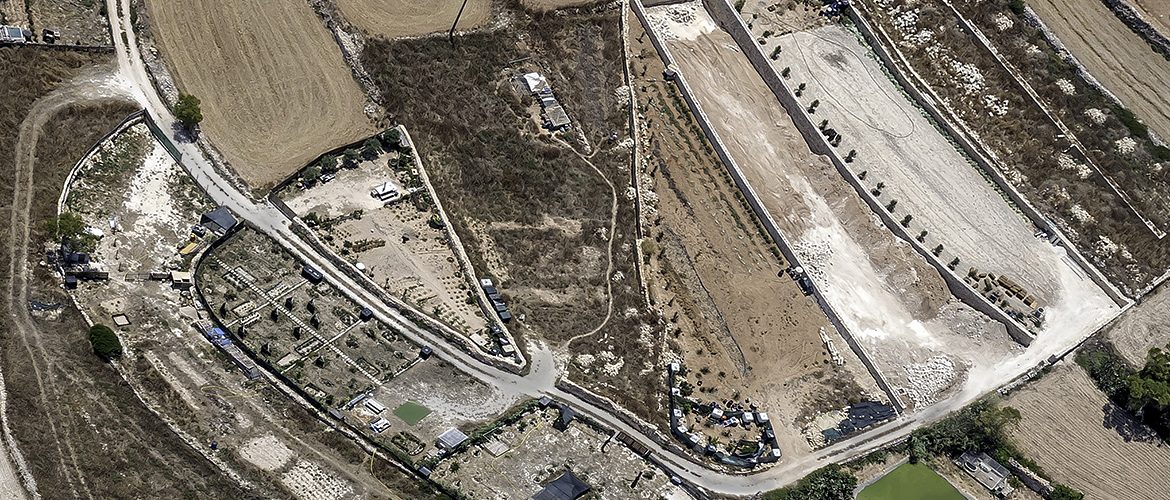
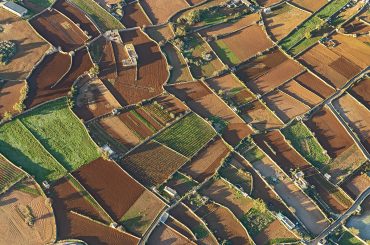
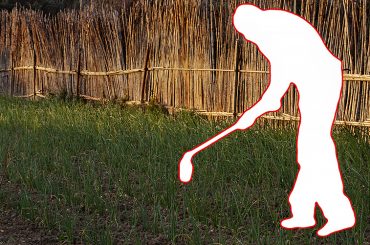
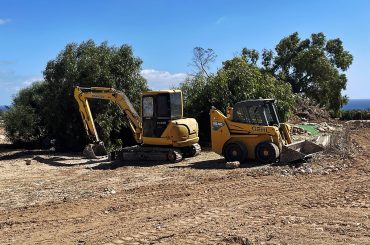
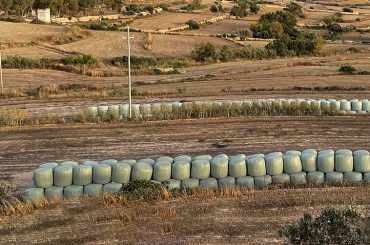
1 Comment
At similar sites on the outskirts of Mosta on the way to Mgarr, the water reservoirs were built and subsequently turned into little bungalows complete with paved patios and even niches to the Madonna! In spite of being reported no enforcement action was ever taken.